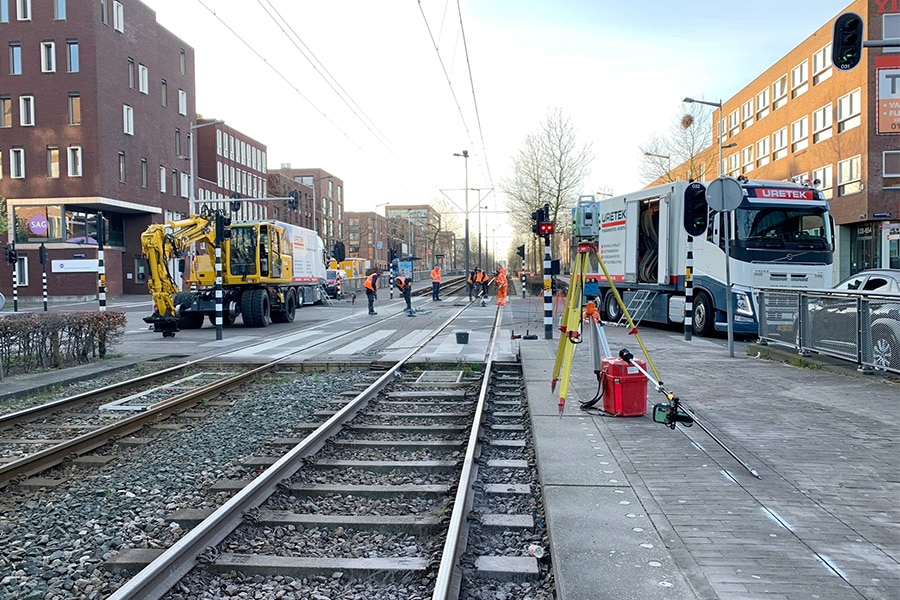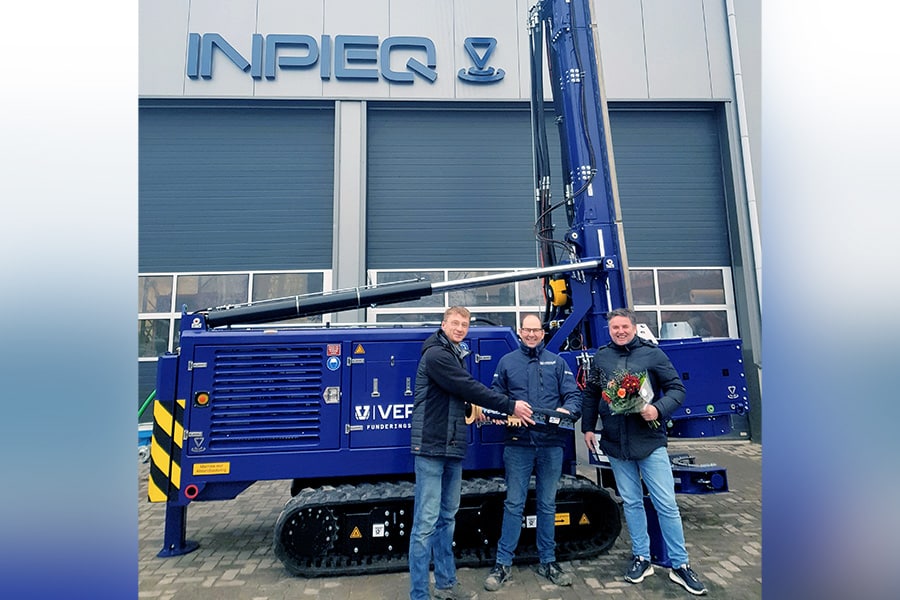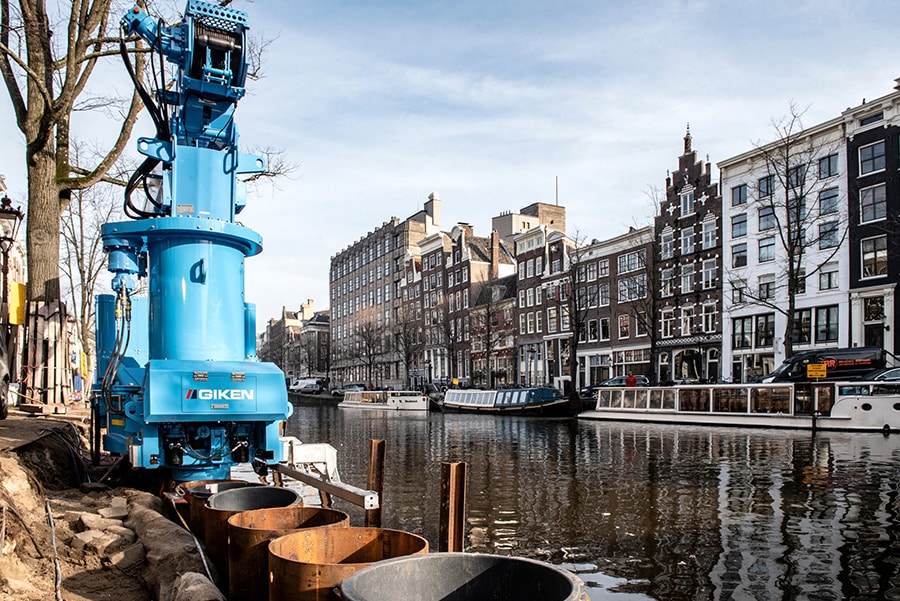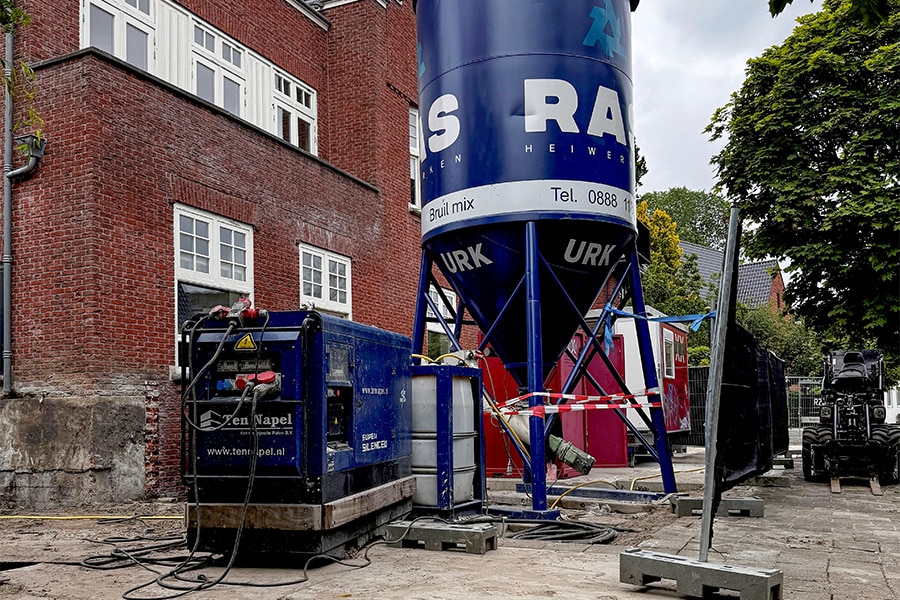
Safety awareness at road works grows
Economic interest no longer leading
From the past, road construction in the Netherlands was always approached from the perspective of economic interests with maximum continuity for traffic. Fortunately, in recent years there has been a change and more and more attention is being paid to the safety of the road worker, but also to safety culture and safety behavior on the construction site. Speaking is Jeroen Lammertse, general manager of Aboma, who is committed to a safe workplace on all fronts.
Infrastructure contractors are stirring emphatically when it comes to safe roadside work, Jeroen notes. "And logical too. If you just see how many arrow trucks are knocked over, it's just absurd. Work on the road is mainly carried out at night to minimize traffic disruption, but working at night is not the safest situation. The call among Dutch infrastructure contractors to completely close a road during road works is therefore becoming louder and louder."

Vergewisplicht
Even with clients, safety is now high on the agenda, rather than purely economic interests. "Not least because of the statutory duty of care," says Jeroen. "The client has to make sure that work can be done safely and that work will be done safely. There has to be attention to this already in the design phase." Jeroen notices this increasing attention to safe working by, among other things, the increasing demand for training courses that Aboma provides to give substance to the duty of verification, among other things. "It ensures better communication between client and contractor, in this case the infrastructure contractor, of what is or is not necessary from a safety point of view. The fact that there is much more attention to this now, and that we are rigging it up in the Netherlands, is really going to take us a step further in creating a healthy and safe working environment during road works."
Translation to the construction site
Infrastructure contractors themselves are also working to increase employee safety awareness, according to Jeroen. "Our Seeing-Acting-Learning program offers good tools for this, and is intended to promote the behavior that leads to safe working. It ensures that working safely becomes standard practice and that colleagues dare to discuss unsafe situations and actions with each other. The latter is often the most difficult, especially to translate to the construction site where you often have to deal with a large number of different (sub)contractors and nationalities. But that too is part of our Seeing-Acting-Learning program, in which students come to find it normal to give, receive and accept help. By keeping the training courses primarily practical with recognizable real-life situations, we are slowly working toward a culture and behavior change in which safety is top priority."



